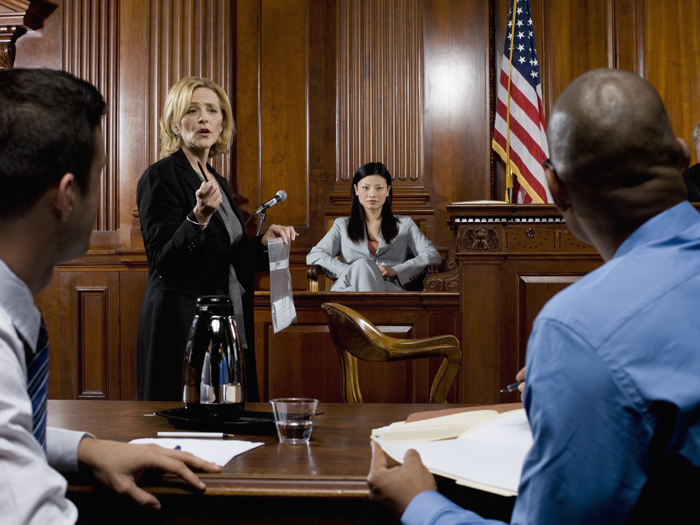Column: Roger's Soapbox
Elevated Risk
If I mention the Scaffold Law, what springs to mind?
One answer is scaffolding — the pipes, boards and ladders that go up around tall buildings to enable the exterior to be worked upon.
The word “scaffold” has another meaning, the one I thought it had when I recently started reading an article on the Scaffold Law. The scaffold I was thinking of was the platform to which you send a man or a woman to be hanged. One would be sent to the scaffold to be executed for one’s crimes or, at less enlightened stages of history, for the amusement of others.
The article, by Don Riggin, principal at The Art of Captives LLC consultancy, suggested that captive insurance companies can be very helpful to those involved with the scaffold. Brilliant, I thought. Hang your opponents, victims, whatever, offshore. It’s statistically nearer the water, in which the hanged man may be deposited, thus lowering the cost of the whole exercise. What profit may remain is fed into a captive insurer, which operates in a tax-neutral environment, maximizing the rate of return.
This was not the direction Mr. Riggin took in his article, however. The Scaffold Law, he wrote, “imposes ‘absolute liability’ for elevation-related injuries to construction employees on any and all parties associated with construction, repair, and demolition projects.”
(Elevation-related injuries are also known as gravity-related injuries, or, in say-what-you-mean language, falls.)
In a way, of course, gravity-related incidents are the workers’ fault.
If people managed their lives better, so that they didn’t need to work, they wouldn’t have applied for the job in the first place, and then they couldn’t have been hurt.
“Absolute liability means that any employee who falls from one level to another and sustains injury is almost guaranteed a settlement,” Mr. Riggin wrote, and who among us would disagree with that? Not paying the costs of a person who is hurt at work doesn’t sound fair at all.
“The Scaffold Law, according to its detractors, provides a strong incentive for the employee to file an action-over liability claim against the property owner, project manager, and general contractor (assuming the injured claimant is employed by a subcontractor),” the article said. I don’t know exactly what that means, but it suggests that some people feel that those hurt at work should fend for themselves from there on out.
In a way, of course, gravity-related incidents are the workers’ fault. If people managed their lives better, so that they didn’t need to work, they wouldn’t have applied for the job in the first place, and then they couldn’t have been hurt. In certain countries, laws using that logic relate to foreigners driving, but in sane places, injured workers are usually helped by employers who make money off the work achieved before the worker is injured doing it.
Here’s the punch. The Scaffold Law is apparently held directly responsible by some for rising insurance costs and the withdrawal of many insurers that used to cover New York contractors’ liability.
Such risks could be more efficiently carried in a captive, Mr. Riggin said, “at rates commensurate with the loss exposure and not driven by market capriciousness.” By golly, he’s right, except that “caprice” is the word he was reaching for.
You can’t help feeling, though, that those pesky construction workers, pants worn too low, bellies too big, would do everyone a favor if they’d just stop working. If they must work for some obscure reason, then surely they could stop hurting themselves doing the work and costing their employers time, money and aggravation.
Is that too much to ask?










